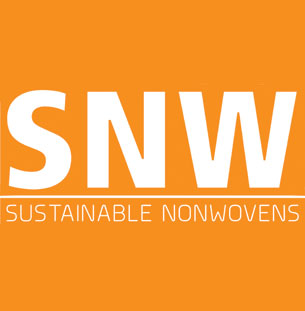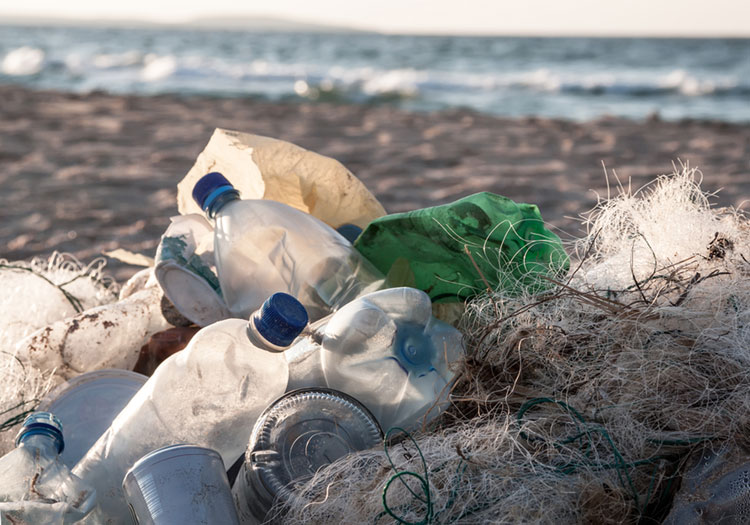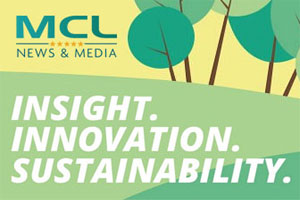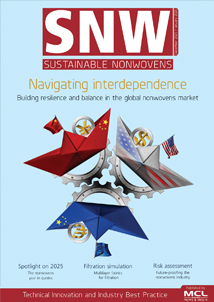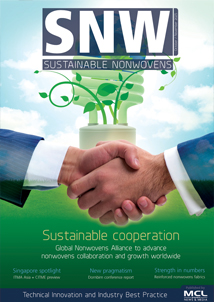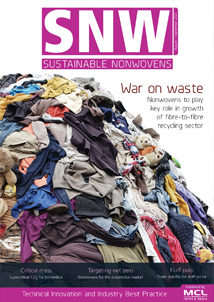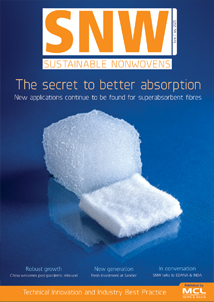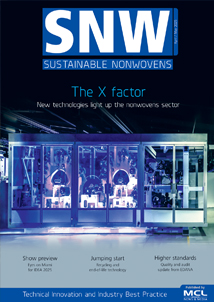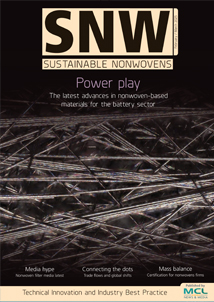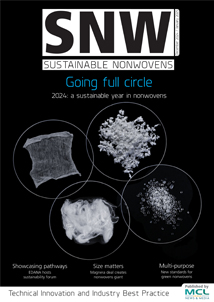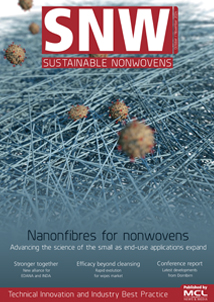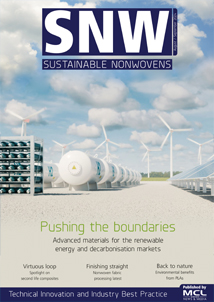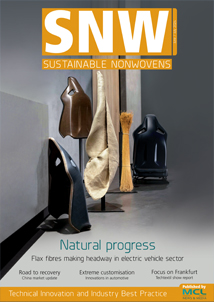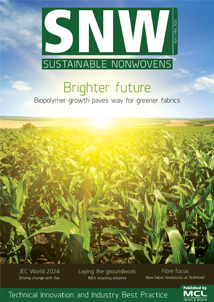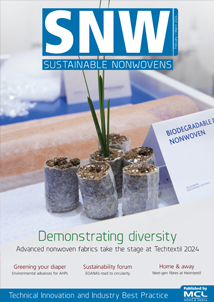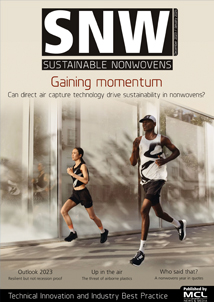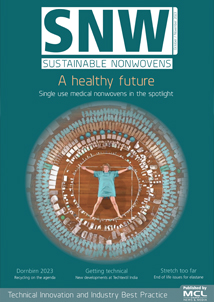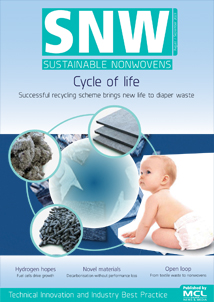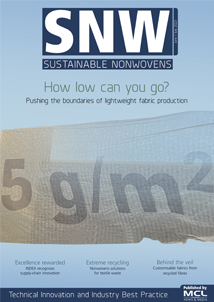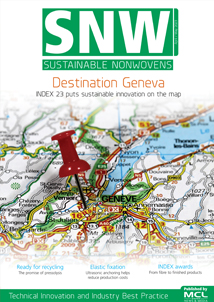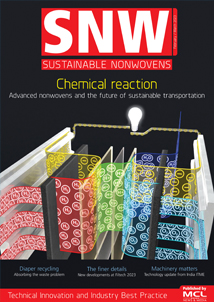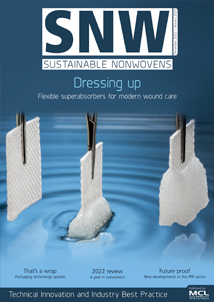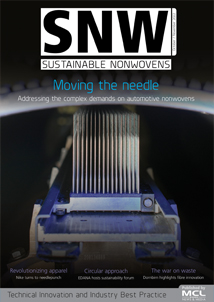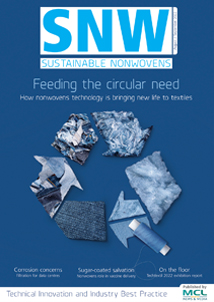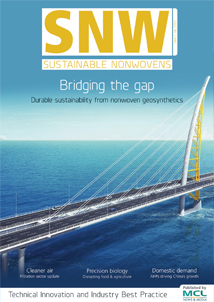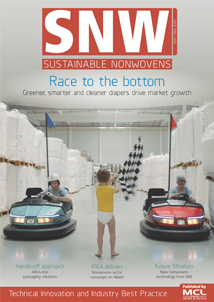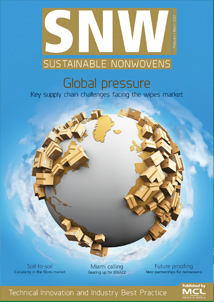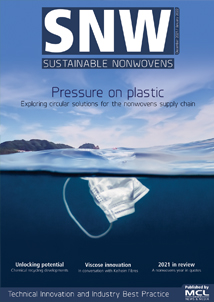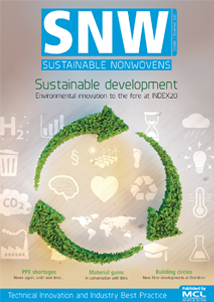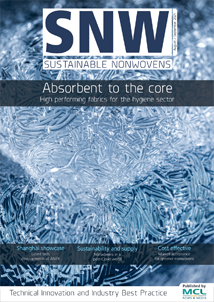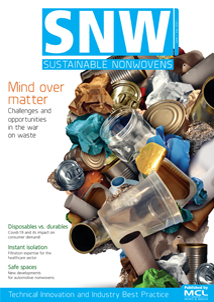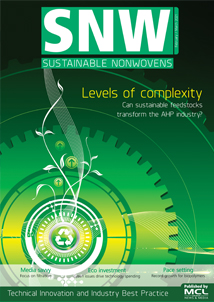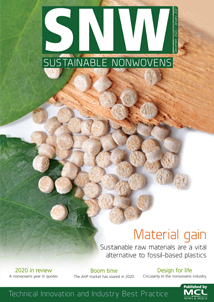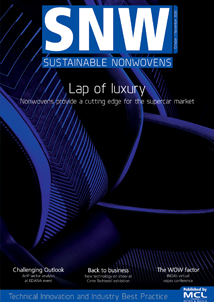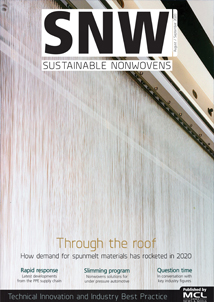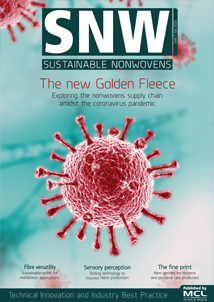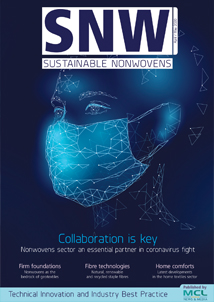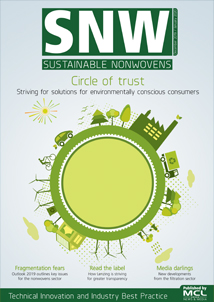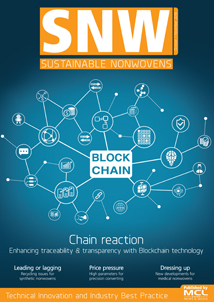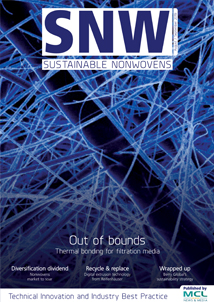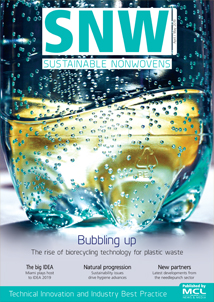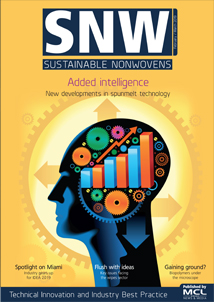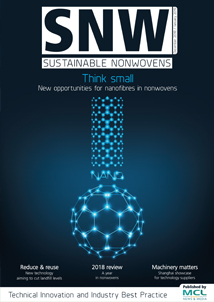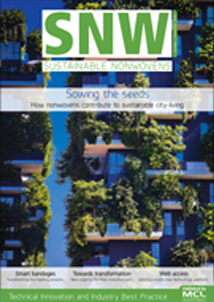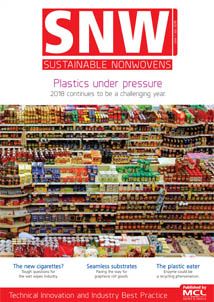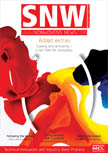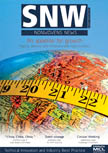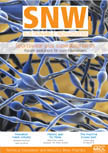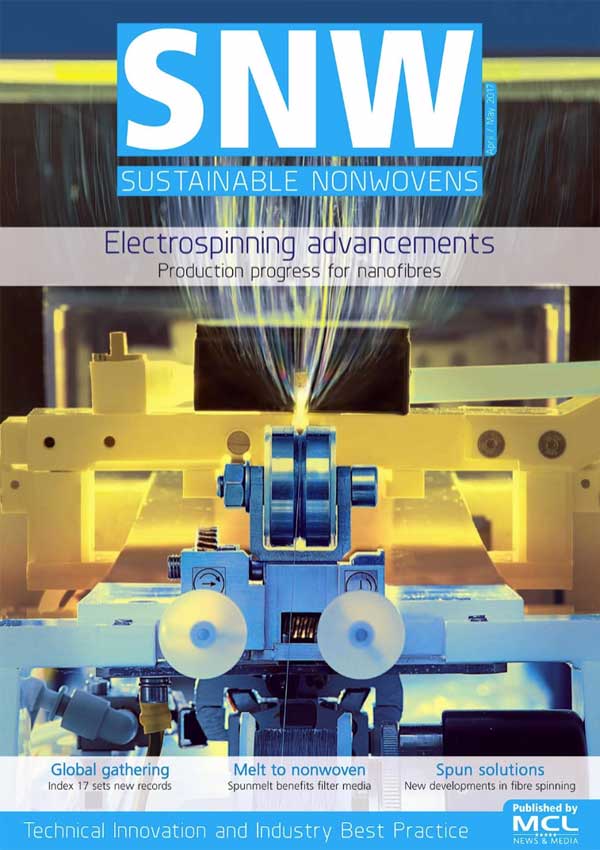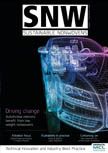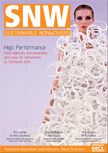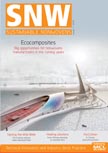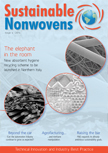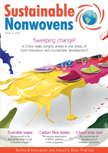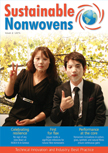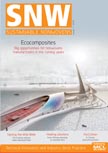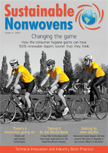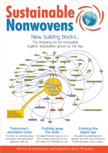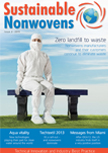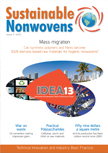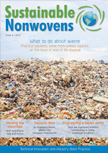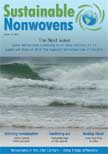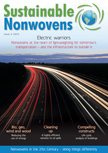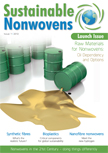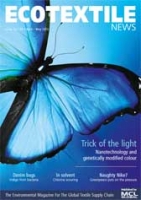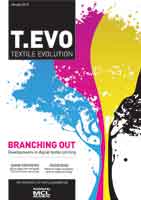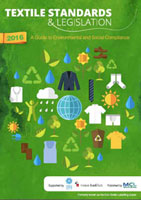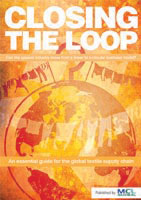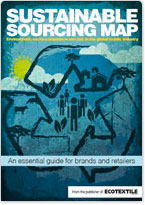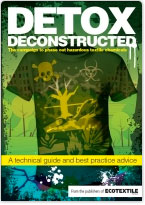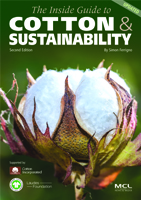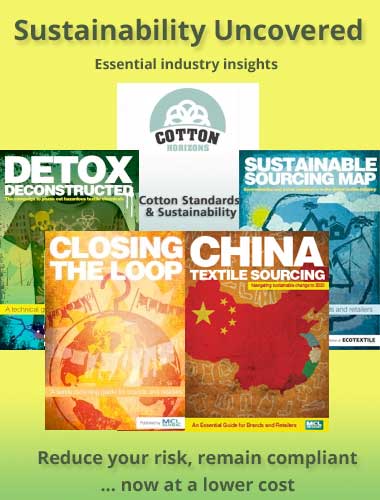BRUSSELS - The EU has introduced a new single-use plastics directive aimed at reducing plastic waste, driving the promotion and development of alternative materials and promoting a circular economy.
The new directive, published on 12 June, aims to help protect land and marine environments, as well as human health. The mandate — Directive (EU) 2019/904 on the reduction of the impact of certain plastic products on the environment (Single-Use Plastics Directive, or the Directive) — introduces measures to prevent and reduce the impact of certain plastic products, and promote transition to a circular economy.
The Directive encourages the prioritization of “sustainable and non-toxic re-usable products and re-use systems”. This approach aims to reduce plastic waste, drive the promotion and development of alternative materials, and promote the design and production of plastics and plastic products that are re-usable, repairable, and recyclable.
The Directive contains a number of substantive measures that will impact Member States.
Requirements for Consumption Reduction
Article 4 of the Directive requires Member States to implement measures to achieve sustained reduction in the consumption of single-use plastics (SUPs), including beverage cups, and containers used for immediate food consumption (e.g., fast and takeaway foods). The objective is to spur a substantial reversal of increasing consumption trends, and achieve a reduction in SUPs by 2026, compared to 2022.
By January 3, 2021, the European Commission (Commission) should adopt an implementing act outlining the methodology for calculating and verifying the sustained reduction to which Member States must adhere. Member States must submit to the Commission a description of proportionate and non-discriminatory measures to achieve this reduction, which they must make publicly available by July 3, 2021.
Article 5, meanwhile, requires Member States to prohibit certain SUPs made of oxo-degradable plastic (ODP) from being placed on the market. The prohibited SUPs include any cutlery, plates, straws, stirrers, beverage cups and containers, balloon sticks, and cotton bud sticks made from ODPs, as well as food containers made of expanded polystyrene.
ODPs are defined in the Directive as “plastic materials that include additives which, through oxidation, lead to the fragmentation of the plastic material into micro-fragments or to chemical decomposition.” ODPs do not properly biodegrade — meaning they are not compostable — and contribute to microplastic environmental pollution. Although microplastics fall outside the scope of the Directive, they contribute to marine litter and the Directive encourages producers to limit microplastic use.
Requirements for Extended Producer Responsibility
Article 8 requires Member States to ensure that extended producer responsibility schemes are established in accordance with Articles 8 and 8a of the Waste Framework Directive (2008/98/EC), and that SUP producers cover costs associated with extended producer responsibility provisions in the Waste Framework Directive and the Packaging and Packaging Waste Directive (94/62/EC).
Article 8 notes that producers will be responsible for supplementary costs including:
- Costs of awareness raising measures intended to inform consumers and incentivize responsible consumer behavior with respect to SUP products and their alternatives
- Waste collection costs relating to Article 8 SUP products discarded in public collection systems, which is limited to activities undertaken by public authorities on the producer’s behalf
- Litter cleanup costs resulting from and associated with Article 8 SUP products
With respect to SUP wet wipes, (non-industrial) balloons, and tobacco products with filters, producers will also be responsible for costs associated with data gathering and reporting under Article 8a(1) of the Waste Framework Directive.
Finally, under Article 9, Member States must take measures to ensure separate recycling collections for SUP beverage bottles — including caps and lids — with a capacity of up to three liters. By 2025, 77% of these beverage bottles must be recycled, rising to 90% by 2029. In order to achieve this objective, Member States may establish deposit-refund schemes and separate collection targets for relevant extended producer responsibility schemes. From 2025, SUP beverage bottles manufactured using polyethylene terephthalate (PET) as the major component must contain at least 25% recycled plastic.
The Directive will come into force in August 2019. Member States shall bring into force the laws, regulations, and administrative provisions necessary to comply with the Directive by July 3, 2021.
